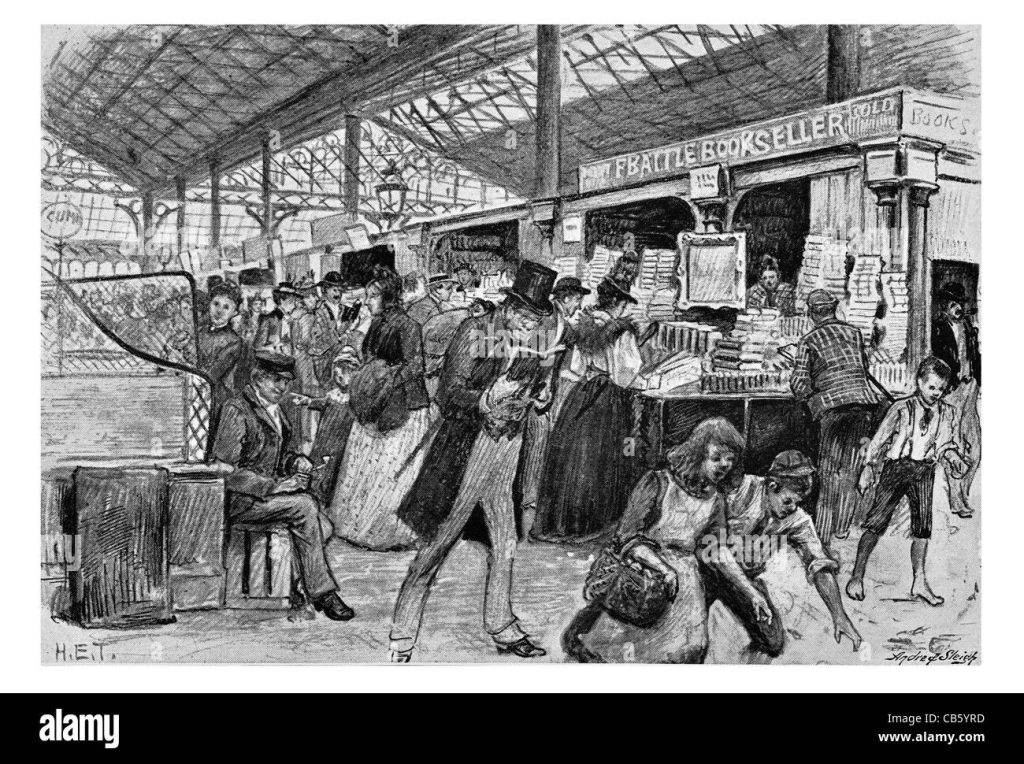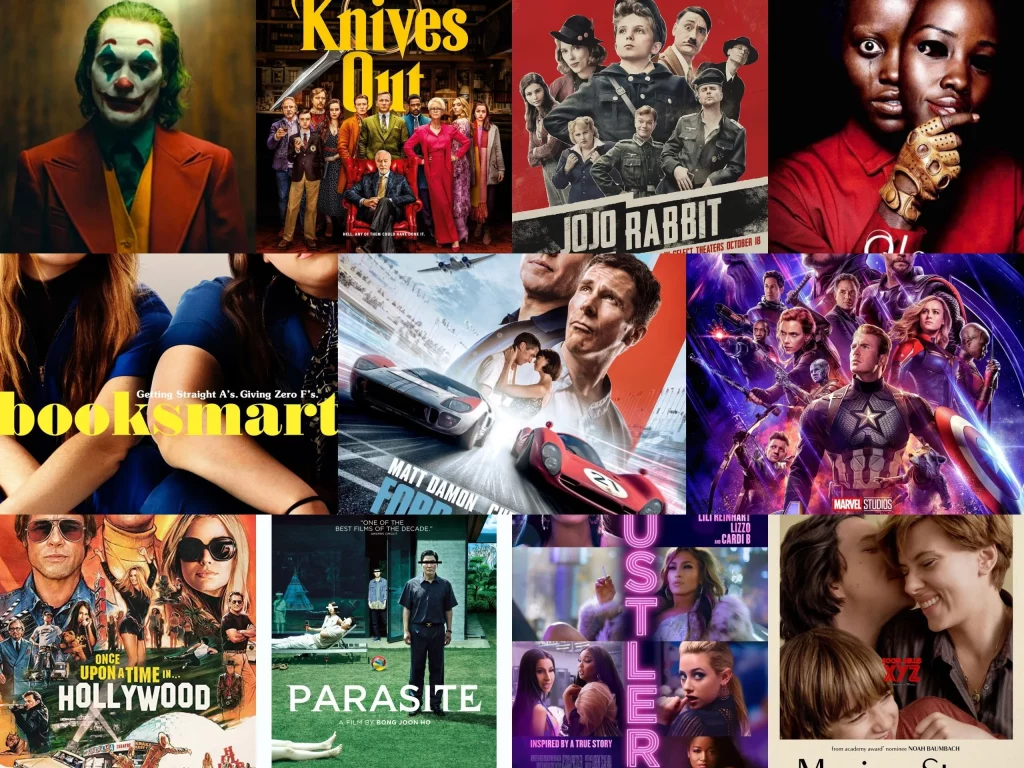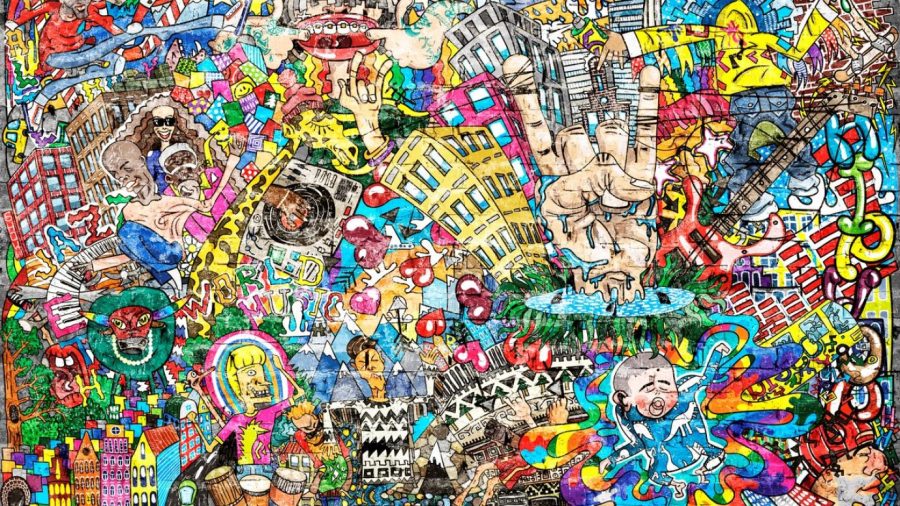
The word вАЬculture industryвАЭ first appeared in the Dialectic of Enlightenment. It aimed to criticize its compulsion on people’s spiritual consumption and the loss of individuality in production because culture is industrialized. So what does the cultural industry include?

United Nations Education Science and Culture Organization definition of cultural industries is the cultural and creative industries are those that combine the creation, production and commercialization of creative contents that are intangible and of a cultural nature. These contents are usually protected by Copyright and can take the form of a good or a service. Besides all artistic and cultural production, they include architecture and advertising.
- Three parts of the culture industry
The first is the industry that produces and sells cultural products that are presented in relatively independent physical forms, such as the production and sales of books, newspapers, films, and audio-visual products.

The second is the cultural service industry that appears in the form of labor services, such as drama and dance performances, sports, entertainment, brokerage industry, and so on.

The third is the industry that provides cultural added value to other commodities and industries, such as decoration, image design, and cultural tourism.

The “culture industry” is in contrast to “authentic cultureвАЭ. Think of the “culture industry” as a factory churning out culture like a product on an assembly line. It’s often generic and aims to make money. On the other hand, “authentic culture” is like a handmade work of art, something deeply personal and meaningful. It comes from genuine inspiration and a connection to our traditions and values. It’s a unique expression of who we are. The different between these two ideas shows the tension between what’s made for profit and what’s made from the heart in our culture today.

A classic example of the culture industry in the field of movies would be Hollywood films. These films usually follow a simple but attractive model to get a large audience’s attention and earn a lot of money. They use familiar storylines, characters, and special effects that look the same in the past. Because they put their main attention on profit, it sometimes leads to the audience tired, and the plot lacks originality.

LetвАЩs take an example of authentic culture: the Mardi Gras celebrations in New Orleans. Jazz music is deeply rooted in the city’s history. These performances showcase people’s love for jazz. And the musicians here have unique creative talents for jazz. The emergence of more new jazz creates an authentic and lively atmosphere that reflects the city’s rich cultural heritage.
In summary, the products of the “cultural industry” are similar. It is the mass production of cultural products for profit. Such products often lack depth and originality. In contrast, вАЬauthentic cultureвАЭ is characterized by innovation in the arts, with unique style and self-expression. But in the end, culture in all its forms is still a part of our lives.
Resource: 1. Max H., Theodor W. A., 1947, Dialectic of Enlightenment 2. David P., https://www.davidparrish.com/creative-industries-definitions/


Absolutely loved how straightforward and simple this blog is! You have explained the theory in a simpler yet interesting way. I agree to the statement of how the Hollywood industry’s main focus is profit and not how authentic and genuine the film should be. Lately, the movies have become so similar to the point that it is difficult to tell the difference unless the actors are different. The lack of fresh new content is killing the authenticity that the movie industry once had. I enjoyed reading your take on the culture industry.
It is very straightforward to interpret the United Nations Educational, Scientific and Cultural Organisation’s definition of cultural industries. Then compare culture industry with authentic culture. Finally, it uses the film industry and New Orleans festivals to support its argument. The essay is well structured and very easy to understand.